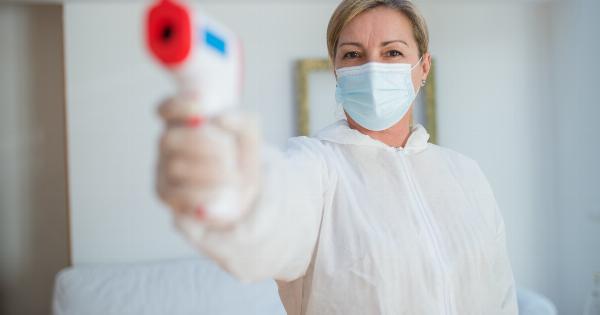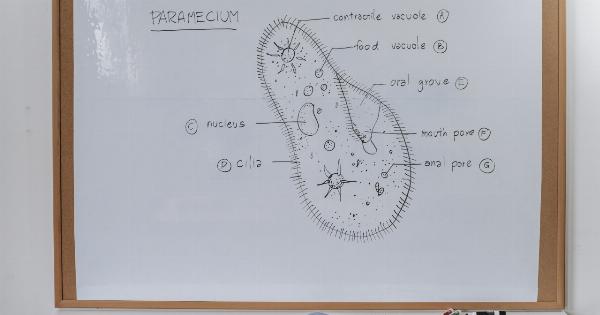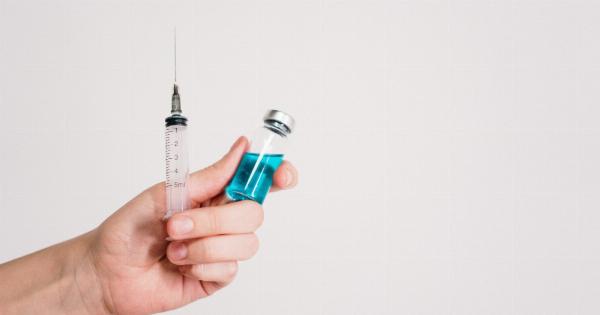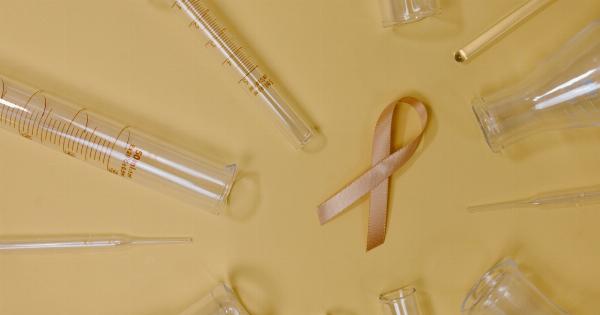Human Papillomavirus, also known as HPV, is a sexually transmitted infection that is often associated with genital warts and cervical cancer. However, many people are unaware that HPV can also be passed along in ways other than sexual contact.
In fact, there are several ways that HPV can be spread and contracted without ever engaging in sexual activity.
What is HPV?
HPV is a virus that affects the skin and the mucous membranes. There are over 100 different types of HPV, some of which are considered low-risk and can cause warts, while others are high-risk and can lead to cancer.
HPV is most commonly spread through sexual contact, including vaginal, anal, and oral sex. However, it can also be transmitted through other means.
Non-Sexual Ways HPV Can Be Passed Along
1. Skin-to-Skin Contact: The HPV virus can be transmitted through skin-to-skin contact, such as rubbing or touching infected skin, regardless of whether or not it is located in the genital area.
2. Shared Objects: HPV can be transmitted through shared objects such as towels, razors, or other personal items that have come into contact with infected skin.
3. Mother-to-Child: Pregnant women who have HPV can pass the virus to their baby during delivery. The virus can cause warts in the child’s throat, and in rare cases, can lead to respiratory problems.
How to Reduce Your Risk of HPV
There are several steps you can take to reduce your risk of contracting HPV, regardless of whether or not you are sexually active. These include:.
1. HPV Vaccination: The HPV vaccine is available for both males and females and is most effective when given before sexual activity begins.
The vaccine is recommended for all children between the ages of 11 and 12, and can be given up until the age of 26 for females and 21 for males.
2. Avoiding Contact with Infected Skin: Avoid touching infected skin or sharing personal items such as razors or towels that have come into contact with infected skin.
3. Regular Pap Smears: Regular Pap smears can detect HPV and any abnormal cells that may lead to cancer. Women should begin receiving Pap smears at the age of 21, or earlier if they are sexually active before that age.
Conclusion
While HPV is most commonly associated with sexual contact, it is important to note that it can be transmitted in other ways.
By taking the necessary precautions, such as getting vaccinated and avoiding contact with infected skin, you can significantly reduce your risk of contracting the virus and developing health problems associated with it.





























